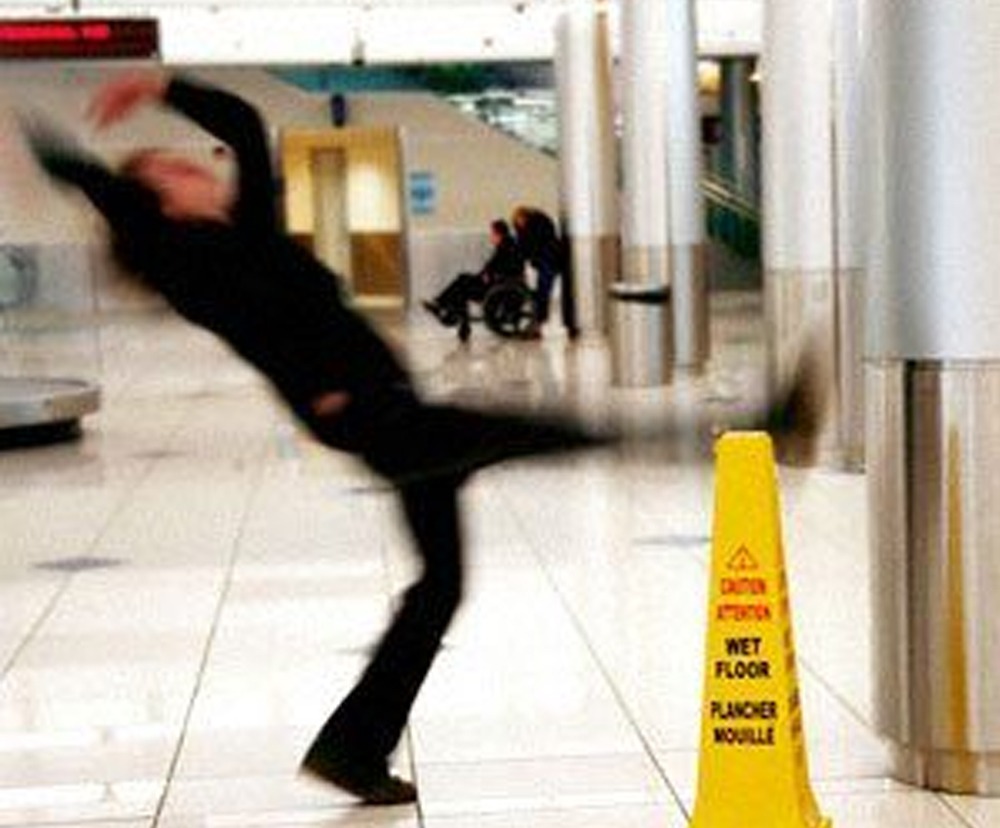Canberra First Aid Courses. The Best Way To Learn about AED. Nationally Recognised Training. Book your training now before winter.
This document is designed to provide information about Automated External Defibrillators (AEDs) and how they can be deployed in the community to help resuscitate an out of hospital cardiac arrest patient. It is based on A Guide to Automated External Defibrillators published by Resuscitation Council (UK) and British Heart Foundation (December 2013). Remember that completing a first aid course is also going to help you gain the skills required to help.
Summary
1. Out-of-hospital cardiac arrest (OHCA) is a significant public health issue. In Australia, as many as 30,000 OHCAs occur every year – with fewer than 10% surviving (Ambulance Victoria, 2016). However, with immediate resuscitation more lives can be saved.
2. In cardiac arrest the heart is no longer pumping and the casualty loses consciousness and will not be breathing normally. This person is technically dead, but there is a limited period of time during which a normal heartbeat may be restored.
3. For a short period of time, the non-pumping heart may have a special rhythm (Ventricular Fibrillation or VF) which may be shocked back to a normal, effective pumping rhythm (defibrillation).
4. It is important to understand that the rescuer (professional, trained layperson or untrained person) cannot tell from observation or the casualty’s history whether the casualty has a “shockable” rhythm (where an effective heartbeat may be restored) or a “non-shockable” rhythm (where an electric shock will have no benefit for the casualty).
5. One of the functions of an AED is to determine whether the casualty has a “shockable” or “non-shockable” rhythm.
6. The time to defibrillation is a key factor that influences survival. For every minute defibrillation is delayed, there is approximately 10% reduction in survival if the patient is in cardiac arrest due to Ventricular Fibrillation (VF), also referred to as a shockable rhythm.
7. Cardiopulmonary resuscitation (CPR) alone will not save a person in VF. Hence a defibrillator should be applied to the person in need as soon as it becomes available so that a shock can be delivered if required.
8. The development of AEDs has made defibrillation part of basic life support. AEDs can accurately identify the cardiac rhythm as “shockable” or “non-shockable” and will then provide verbal prompts of the next steps (i.e. shock advised or no shock advised, continue with CPR).
9. Many OHCA patients can be saved if persons nearby immediately recognise they are in cardiac arrest, call Triple Zero (000) for an ambulance, perform CPR and use an AED. Each of these stages “is a link” and are links in a chain of events that provide the best chance of survival. Minutes count and members of the public along with first responders represent the front line in resuscitation from OHCA. More information in section 2 and section 3.
10. AEDs are easy to use, compact, portable and very effective. They are designed to be used by lay persons; the machines guide the rescuer through the process by verbal delete first “prompts” hearing prompts and visual prompts. They are safe for the casualty/victim and will not allow a shock to be given unless the casualty’s/victim’s heart’s rhythm requires it. They are designed to be stored for long periods without use and require very little routine maintenance. Many models are available directly from the manufacturers or through medical equipment companies. More information in Section 3 and section 13.
11. Right across Australia, AEDs have been installed in many busy public places, workplaces, or other areas where the public might have access. The intention is to improve early access to defibrillation to restore a normal beating heart rhythm as soon as possible. This strategy of placing AEDs in locations where they can be used by a lay person in the case of an OHCA is known as Public Access Defibrillation (PAD).
12. AED use should not be restricted to trained personnel only. Allowing the use of AEDs by members of the public without prior formal training can be beneficial and may be lifesaving. However, the use of an AED by trained members of the public and professional responders is encouraged. More information in section 4. Separate information is included about AEDs in the workplace (section 8) and schools (section 9). Information on training is contained in section 11. Statement – A Guide to AED’s July 2017 Page 2 of 8
13. In Australia, there are very few legal barriers to PAD. A rescuer / person who has acted appropriately to help a patient who has suffered cardiac arrest would not be sued regardless of the outcome. More information in section 6.
14. There are a number of factors to consider when contemplating purchasing and installing an AED, some of these considerations are discussed in sections 5 and section 7. These decisions can also be made with the assistance and guidance of the state ambulance service who can provide advice relating to AED purchase, installation and other practical information.
15. AEDs should be placed or stored where they are most likely to be needed; they must be accessible with a minimum of delay. All persons working at the site need to be aware of their purpose and location, and the steps to be taken should someone suffer Sudden Cardiac Arrest (SCA). This will include calling Triple Zero (000) for an ambulance service and activating the organisation’s emergency response plan: ie, to commence CPR on any unconscious, non-breathing person and to get the AED as soon as possible, apply the pads and follow the AED’s prompts. More information in section 5 and section 12.
For booking into a Canberra First Aid Course please go to our website at http://www.canberrafirstaid.com

